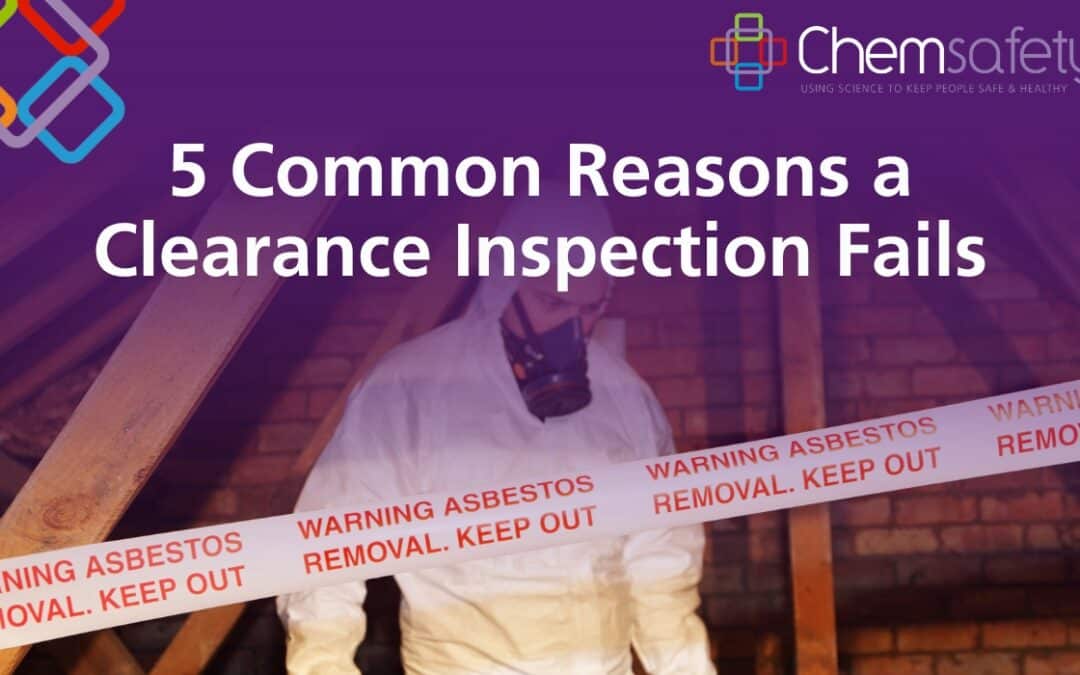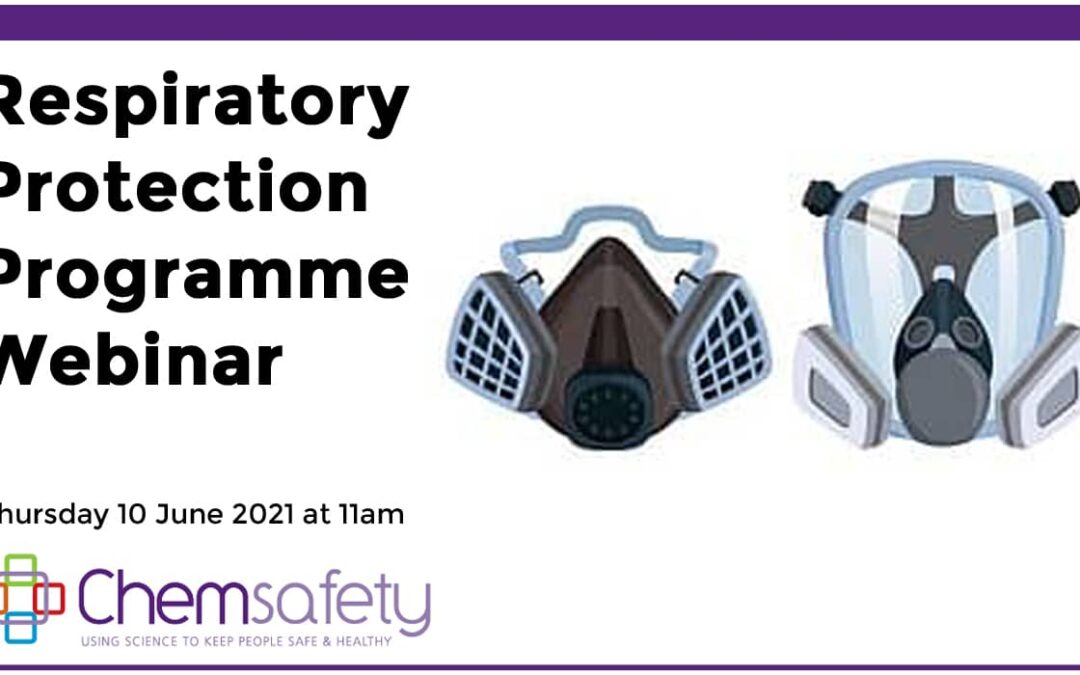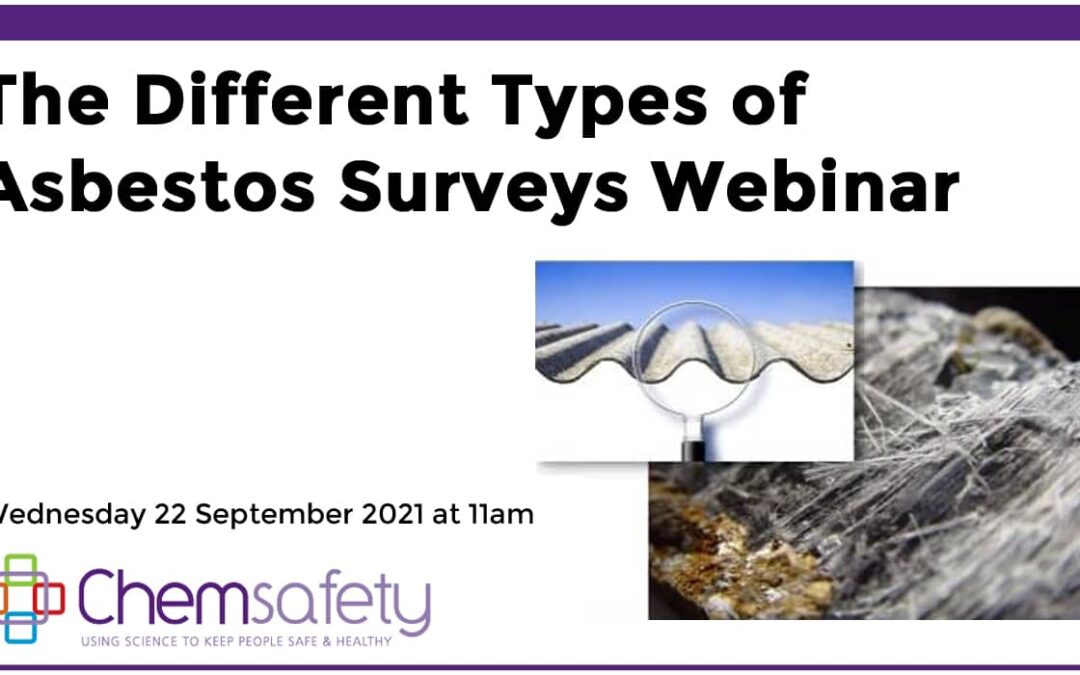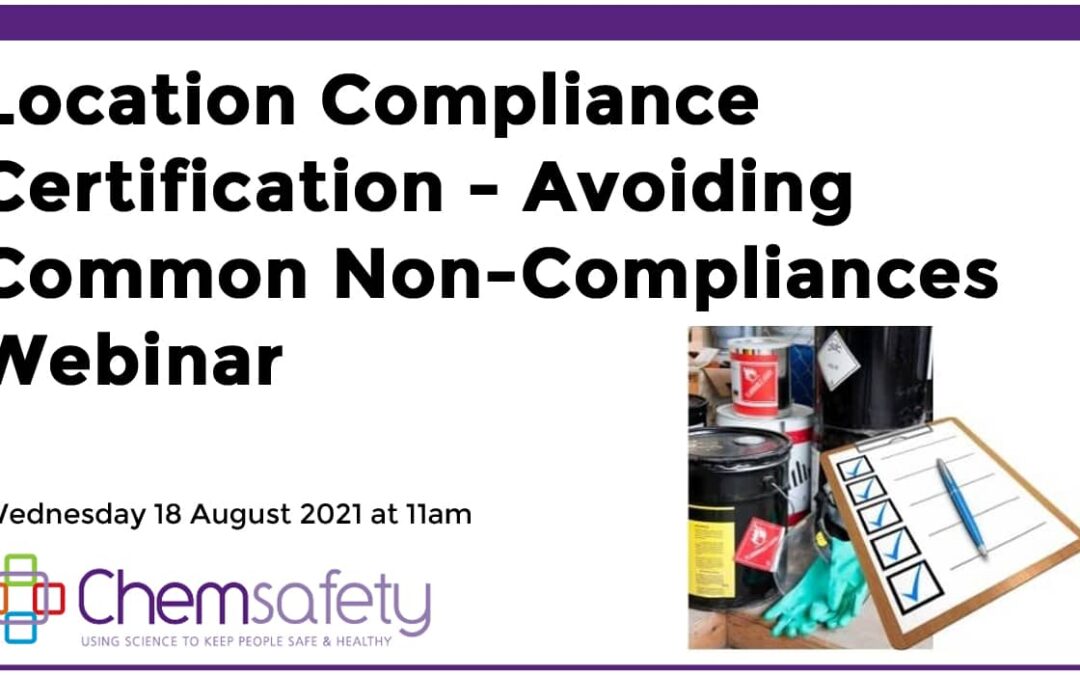


5 Common Reasons a Clearance Inspection fails
The most common reason for clearance inspection failure is dust and debris located during the visual inspection. The removal area and enclosure has got to be clean, it doesn’t matter if the builder made the mess or a freak gust of wind blew in dust and debris, we are...
Respiratory Protection Program
Respirators (dust masks, half face masks etc.) are a common tool for controlling exposure to dusts and chemicals. However, PPE is last on the hierarchy of control because many factors can affect how well they protect people from the hazard. A Respiratory Protection...
The Different Types of Asbestos Surveys
Join our Senior Asbestos Consultant Tony Bird where he outlines the different types of Asbestos Surveys and which one is right for your property, including why demolition surveys require a property to be vacant at the time of the site visit. Click here to...
LCC – Avoiding Non-Compliances
Do you want to know what the common non-compliances are that hold up companies from getting their location compliance certification on time? Join our HSNO Team Leader & Compliance Certifier Sara Aldridge as she explains what the process of certification is and...
